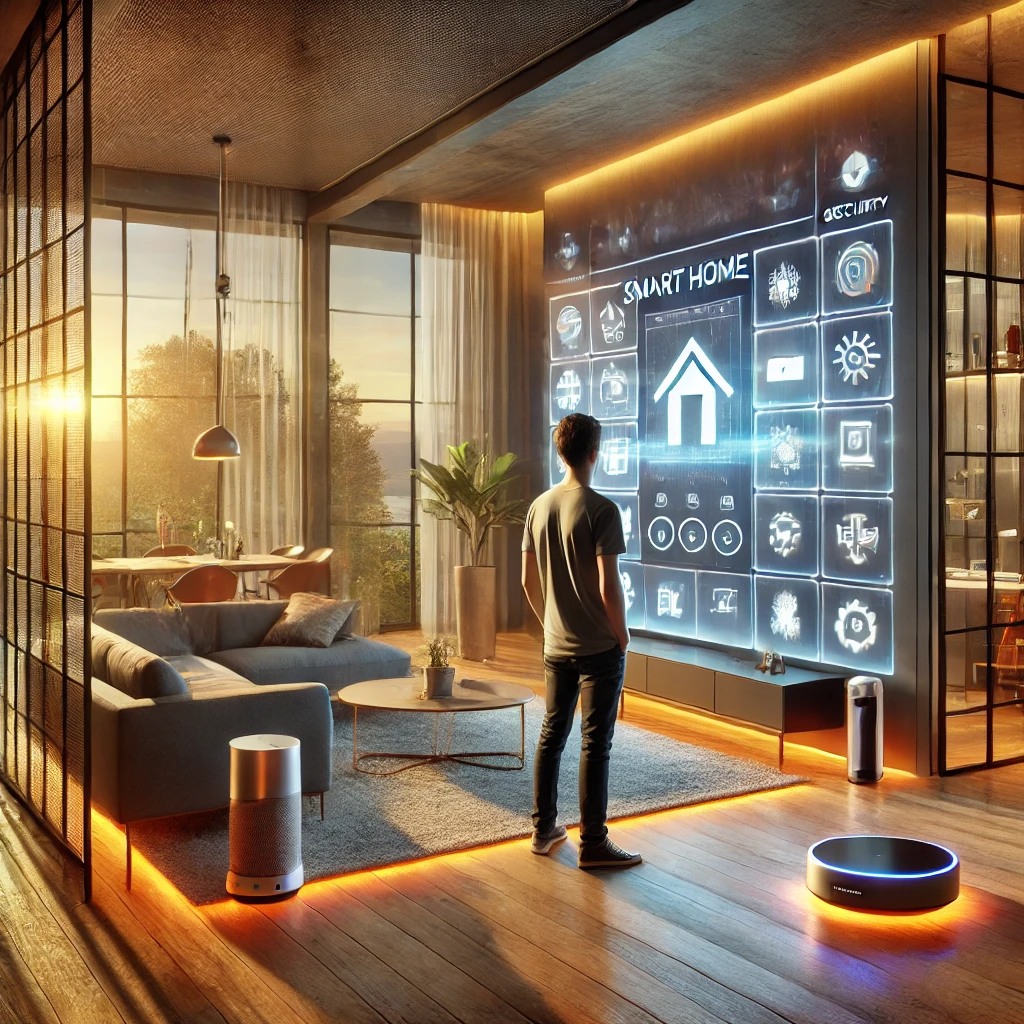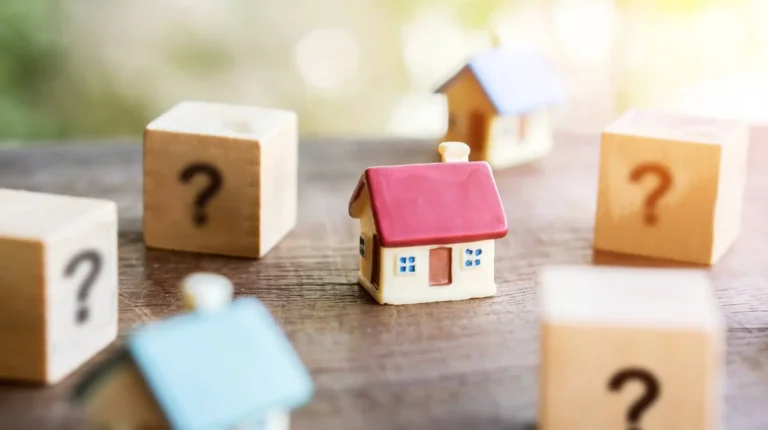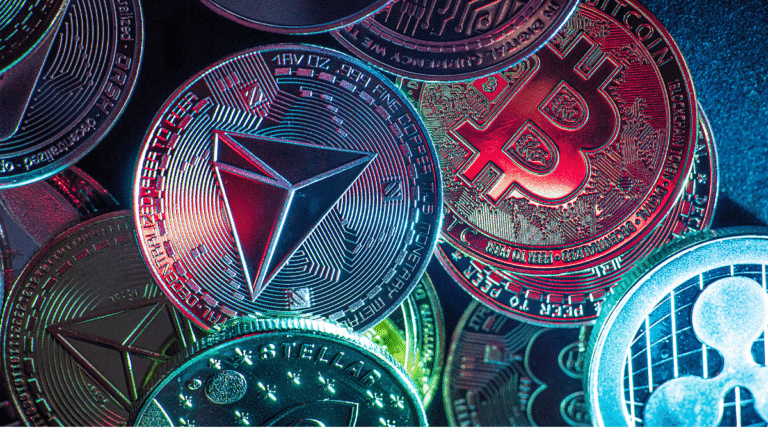Smart Homes in 2025: AI, Automation, and the Revolution in Modern Living


The rapid evolution of technology continues to touch every aspect of our lives, and our homes are no exception. The future of smart homes promises a world of seamless integration, enhanced comfort, and unparalleled convenience. This isn’t about flying cars and robot butlers. The future of smart homes is about leveraging technology to make our lives easier, more efficient, and, yes, maybe even a little cooler.
Table of Contents:
The Rise of the Smart Home
Remember when a “smart home” meant having a clap-on light switch? We’ve come a long way. Today, 44.4% of households already interact with some form of smart home technology. This includes everything from voice assistants like Alexa to smart security systems and even app-controlled ovens. This trend shows no signs of slowing down.
In fact, experts predict that the global smart home market will be worth over $313 billion by 2027. Two key factors are fueling this explosive growth: the increasing affordability of smart home technology and a growing consumer demand for homes with integrated tech. Research shows that 81% of people are more likely to purchase a property already equipped with smart home features. Clearly, the future is looking pretty smart.
Key Trends Shaping The Future of Smart Homes
The smart homes of the future won’t just be about convenience; they’ll be defined by advanced technologies. These technologies can learn our habits, anticipate our needs, and create a truly personalized living experience. Here are just a few of the trends shaping this future:
1. The Age of Hyper-Personalization
Imagine a home that adjusts to your every whim—the temperature perfectly attuned to your liking, lights shifting subtly throughout the day to match your mood, and music following you from room to room. This is the promise of a hyper-personalized smart home.
AI and machine learning are playing an increasingly pivotal role in personalizing our home environments. Smart homes with Mac, for instance, can integrate with other smart devices, analyzing your usage patterns to make automated adjustments based on your preferences. From smart thermostats learning your ideal temperature to refrigerators suggesting recipes based on what’s in stock, the line between “cool feature” and intuitive companion is blurring.
2. A More Sustainable Future
As many grapple with the growing concerns of climate change and energy consumption, the future of smart homes could play a role in creating a more sustainable way of living. Smart homes aren’t just about having fancy gadgets that make you feel a little bit cooler that your friends; they have the potential to make our lives more efficient and our homes more comfortable.
Smart homes are becoming environmentally responsible, thanks to advancements in energy efficiency. For example, AI-powered energy management systems are being developed to optimize your home’s energy consumption. This can range from smart thermostats that regulate temperature based on your schedule and weather conditions to smart appliances that can run during off-peak hours for lower electricity rates. Some systems even integrate with renewable energy sources, allowing your home to automatically switch to solar power when available.
| Smart Home Feature | Sustainability Impact |
|---|---|
| Smart Thermostats | Reduce heating and cooling costs by up to 23%, according to the EPA. |
| Smart Lighting | Saves energy by automatically turning off lights in unoccupied rooms and dimming them based on natural light. |
| Smart Appliances | Reduces energy use by operating during off-peak hours and optimizing performance based on usage patterns. |
| Renewable Energy Integration | Minimizes reliance on fossil fuels and reduces carbon footprint by using solar or wind power when available. |
The future of smart homes means making environmentally conscious choices without sacrificing comfort or convenience. Imagine tracking your energy usage in real-time and receiving personalized tips to reduce your carbon footprint. Imagine your home seamlessly switching to the most cost-effective and eco-friendly energy sources—the future is not just smart; it’s responsible.

3. The Increasing Importance of Data Security and Privacy
This interconnected future brings amazing opportunities. But it also opens the door to new vulnerabilities. With so much data being generated and shared, data security and privacy are more critical than ever.
Imagine a scenario: Your smart home knows your daily routines, your financial information, even your health data. In the wrong hands, this information could be misused. This is where robust data security measures come in. The future of smart homes will demand stricter security protocols from device manufacturers. These protocols should include stronger encryption, multi-factor authentication, and clearer guidelines on data collection and usage.
Think of it like this: just as we lock our doors and windows to protect our physical belongings, we need equally robust security systems for our digital lives. Smart homes will become increasingly reliant on real-time monitoring of various aspects of our lives. As smart devices become more interconnected, the risk of data breaches and privacy violations also increases.
Consumers are becoming more aware of the potential risks associated with smart home technology. There will be an increasing demand for smart home devices that prioritize data security and user privacy. Two-factor authentication, data encryption, and regular software updates are just a few examples of security features that will be crucial in the future.
As smart homes collect and analyze vast amounts of data about our daily routines and preferences, it is crucial to establish clear guidelines for data privacy. Homeowners need to have control over their personal data and understand how it is being used. Transparency from device manufacturers and service providers will be paramount in building trust and ensuring the responsible development of smart home technology.
Conclusion
The future of smart homes is about far more than just flashy gadgets; it’s about a paradigm shift in how we interact with our living spaces. With a projected market growth to over US $313 billion by 2027, according to Grandview Research, the evidence of a future deeply entwined with smart technology is undeniable. This is about harnessing the power of technology to simplify our daily lives, enhance our well-being, and contribute to a more sustainable future. The future of smart homes promises to be exciting, innovative, and, most importantly, centered around making our lives better.







